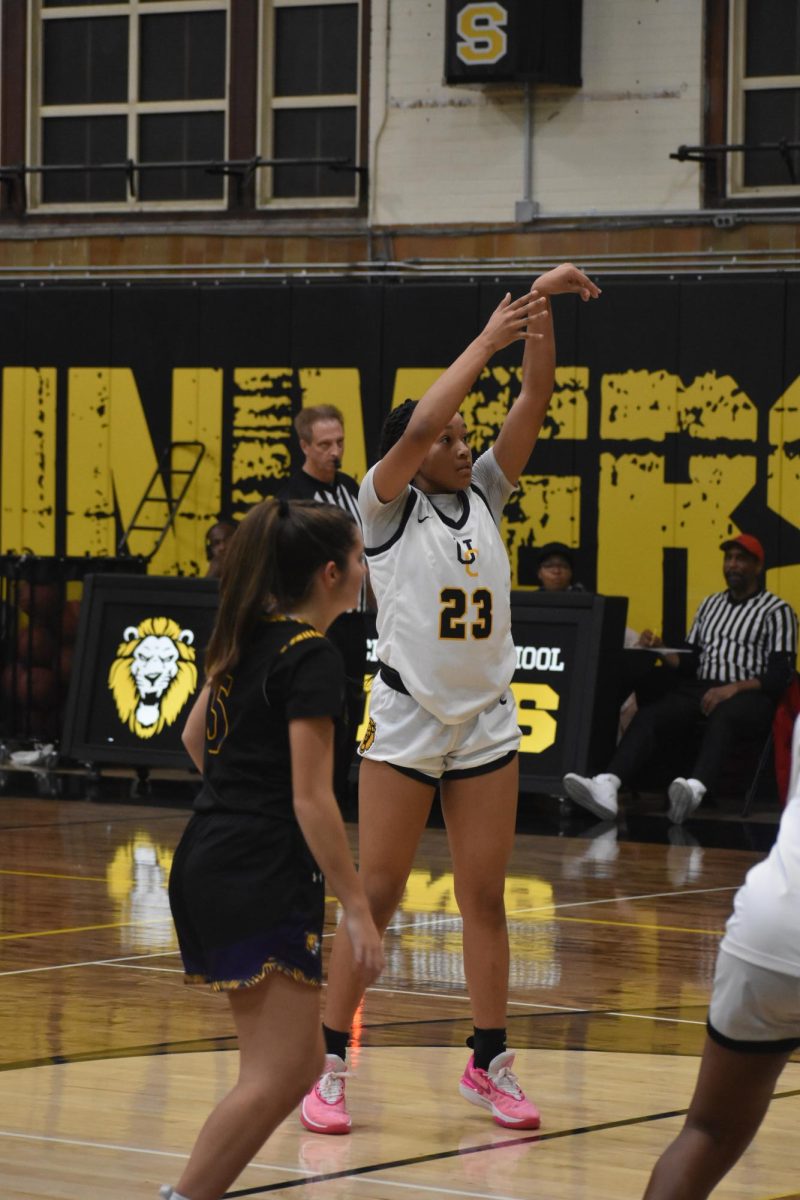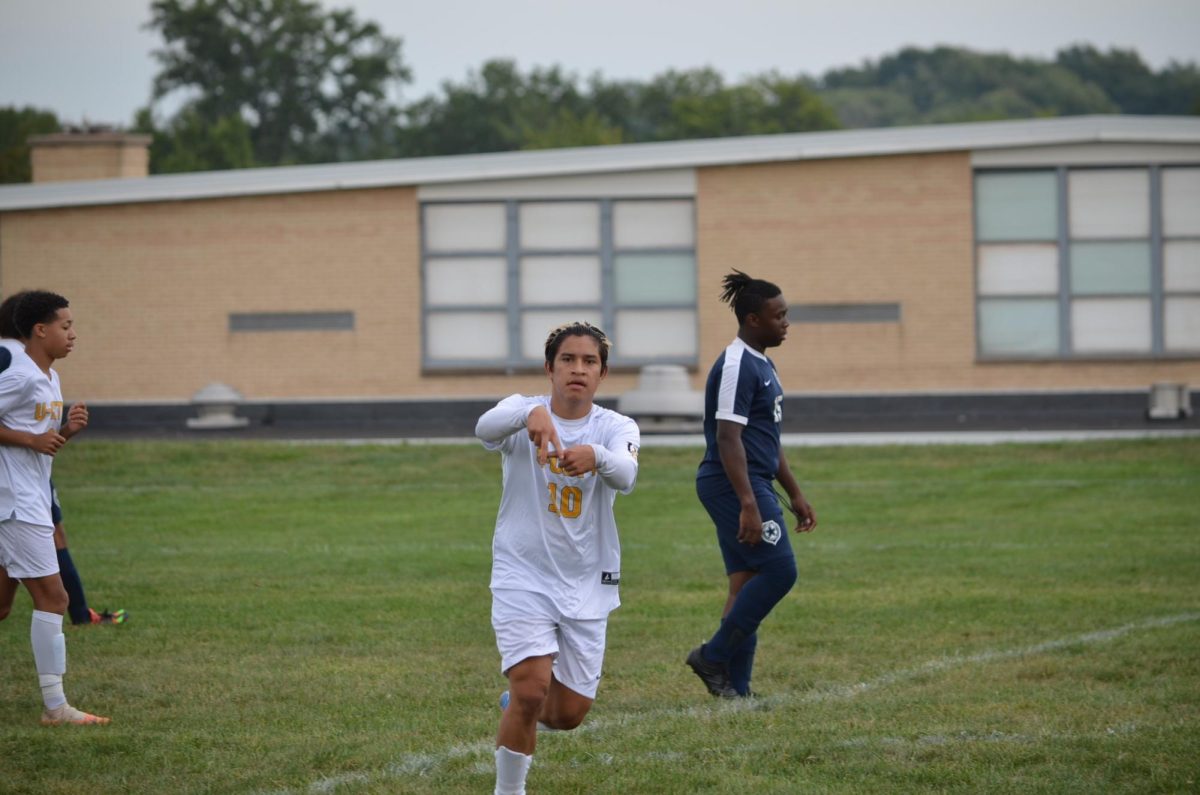Let’s face some unfortunate facts about our school’s achievement gap. The Missouri Department of Elementary and Secondary Education recently released astonishing figures: 91% of U. City’s white students are proficient in communication arts, while only 43% of black students are. Equally horrifying, 85% of white students are proficient in mathematics, while only 15% of black students are.
Likewise, a survey of AP classroom rosters shows a disproportionate number of white students in our school’s top courses.
But the problem can’t just be race. Race does not determine academic success. There must be some larger problem, some other cause.
The majority of AP students as a whole and that of black AP students attended the district’s elementary schools Flynn Park and Jackson Park. Observing the data, a relationship between one’s elementary school and one’s future academic performance becomes clear.
Unfortunately, our elementary school boundaries approximate our town’s socioeconomic and racial boundaries. Olive Blvd., the traditional separator of U. City’s black and white communities, and a turning point in our spectrum of property values, also divides our elementary school boundary system.
Last March, we had the opportunity to reevaluate the effects of the concentration of wealthier residents in only two elementary schools. The results were not promising. The “re”-districting (a term that implies undue newness) continued the socioeconomic and racial segregation that has worsened U. City’s achievement gap.
A citizen committee considered various boundary proposals. The committee overwhelmingly supported one map, which the Board of Education approved in November.
The new map, visible here, is considerably similar to the preexisting elementary boundary map. With only one break, Olive Blvd. continues to serve as a separator.
Many U. City faculty and district employees are aware of the lack of newness in the redrawn boundaries. Ms. Hackmeyer, AP Language and Academic Literacy teacher, has been vocal about our city’s socioeconomic and racial divide.
“There is a marked difference in the quality of students each elementary school puts out,” said Hackmeyer. “I certainly see an element of racial bias when it comes to the elementary school lines,” she added.
But she was quick to point out that race is part of a greater problem.
“The real problem is socioeconomic,” said Hackmeyer, “but too often it follows a racial line.”
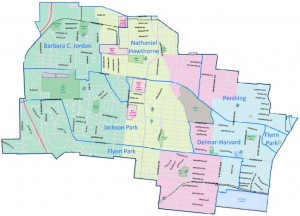
All proposals at the committee’s final meeting maintained Olive Blvd. as the line of community division, the barrier that has contributed to the unfortunate state of socioeconomic, racial, and educational “diversity” in our community. A proposal featuring boundaries cutting across Olive was dismissed in an earlier meeting.
There is no easy solution to our district’s systemic problems, but it is discomforting to see such inaction. Elementary school boundaries are not the problem’s root, but they certainly worsen preexisting factors.
“Better educated parents demand better education for their children,” said Hackmeyer, referring to parent activists that have assisted Flynn Park and Jackson Park. “They have the luxury of advocacy.”
Schools with a less wealthy and less educated parent base suffer. A plan that would lead to improved socioeconomic and racial balance in our elementary schools will increase the number of parent advocates at each school. These activists will promote better educational facilities for their children. Likely, the difference in the quality of our district’s elementary schools would decrease as socioeconomic diversity increased. But there are loud opponents to change.
At one committee meeting, an audience member said, “Diversity should not be a major factor in the boundary process.” Actually, diversity is a major issue in our elementary schools.
In one presentation, the committee cited “Diversity similar as has been in buildings” as an advantage for the proposals. Actually, the maintenance of current racial “balance” is a disadvantage to our students and our community.
We can not afford this stasis.


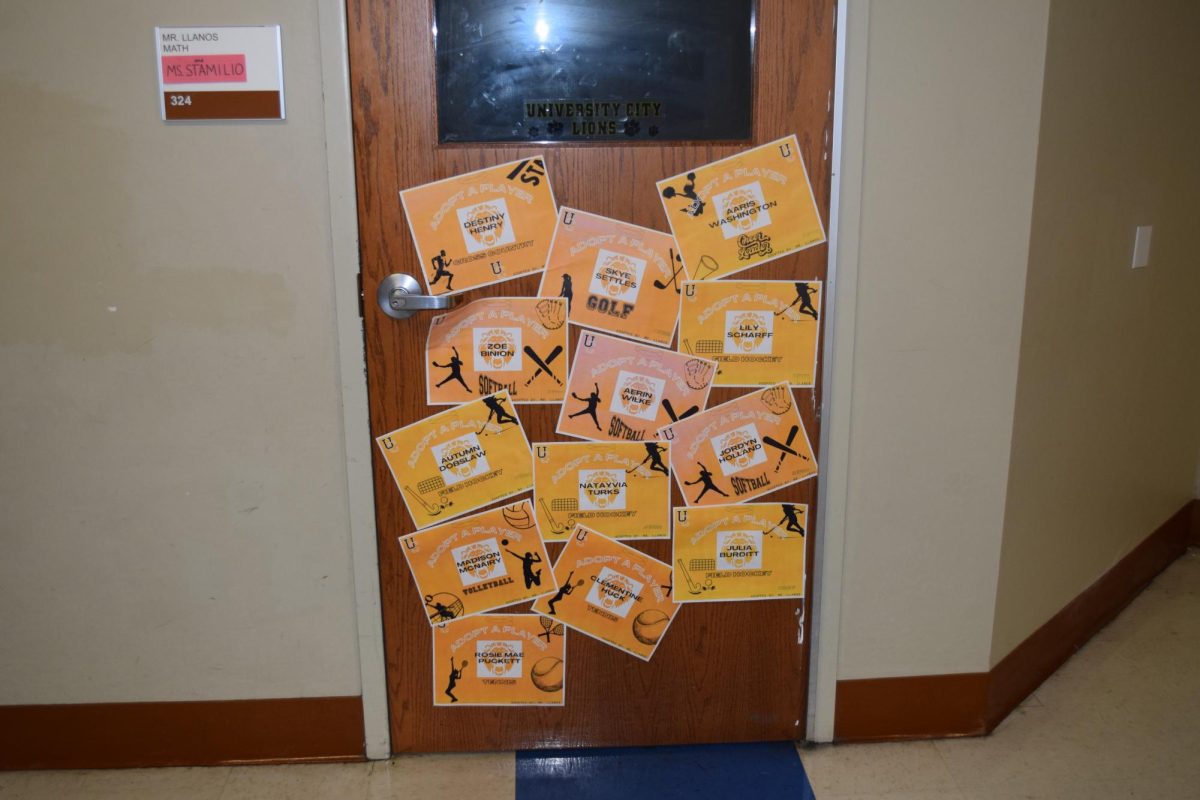
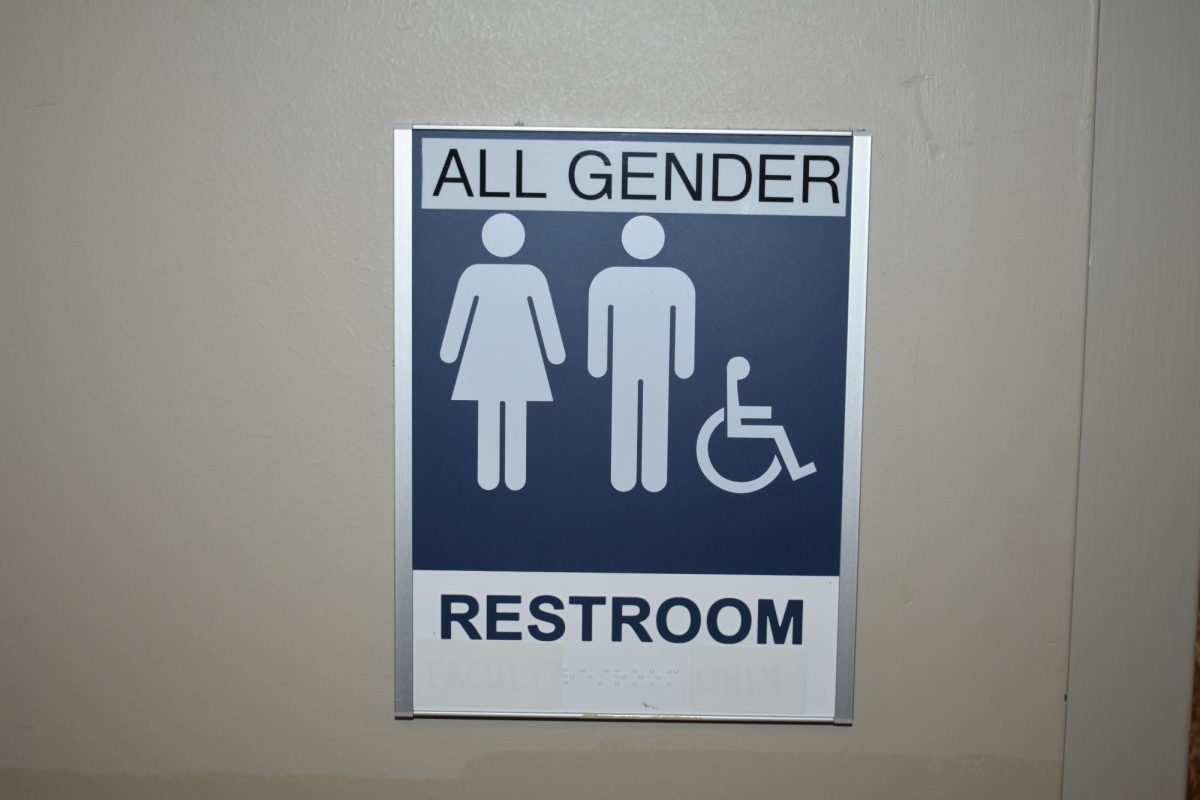
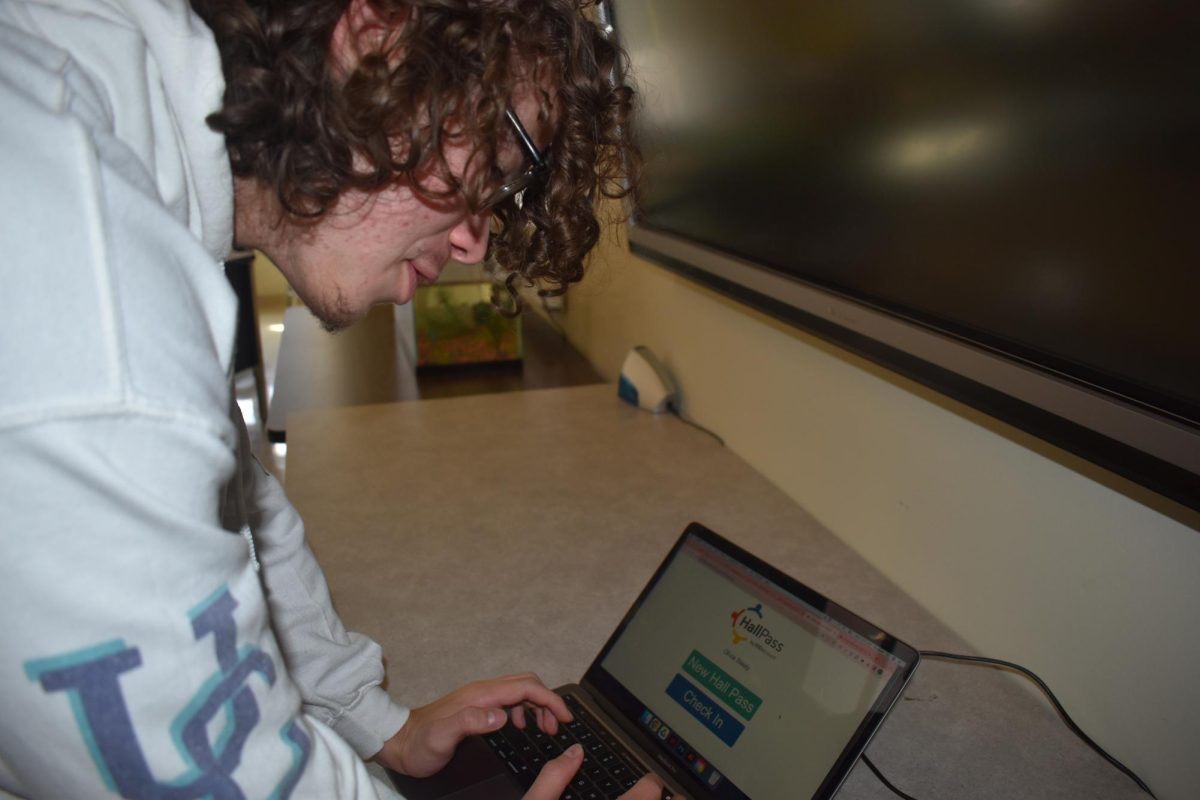
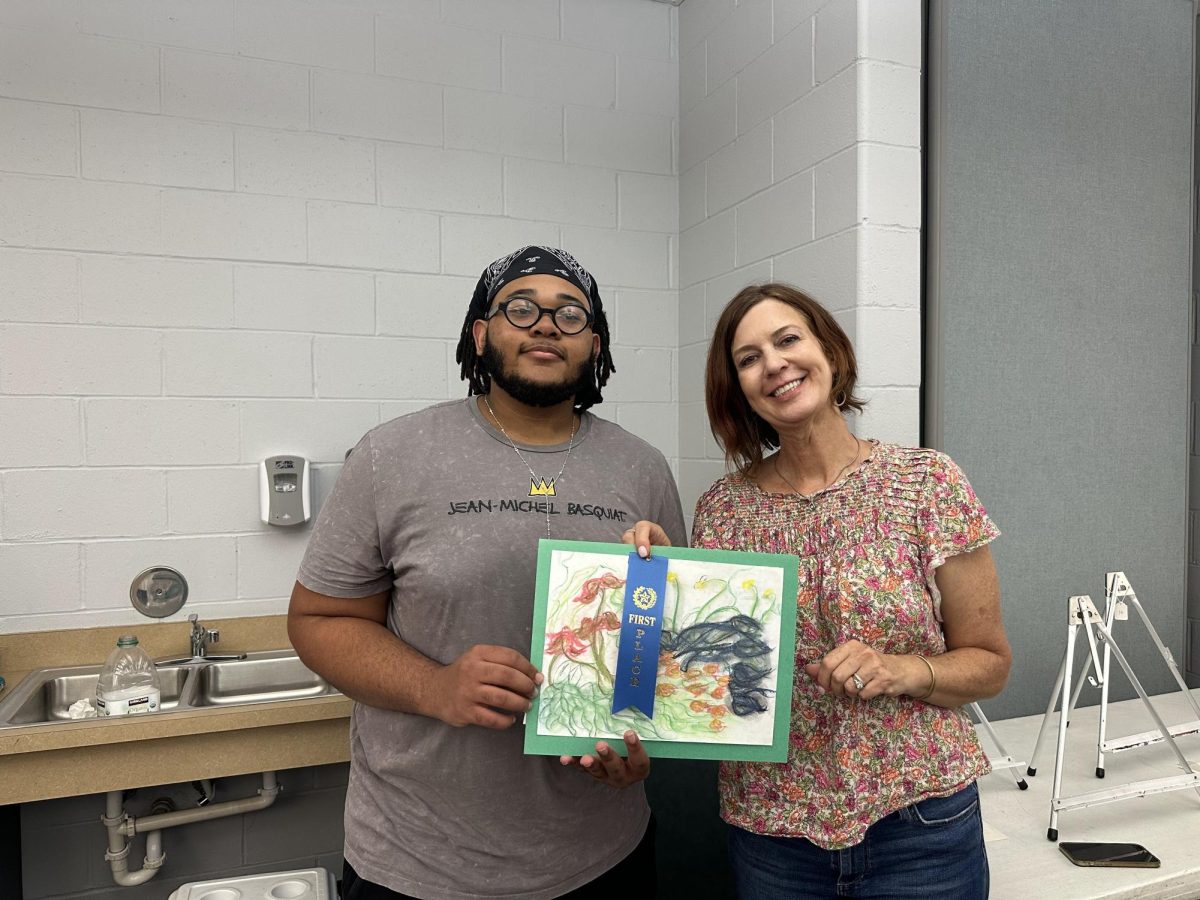


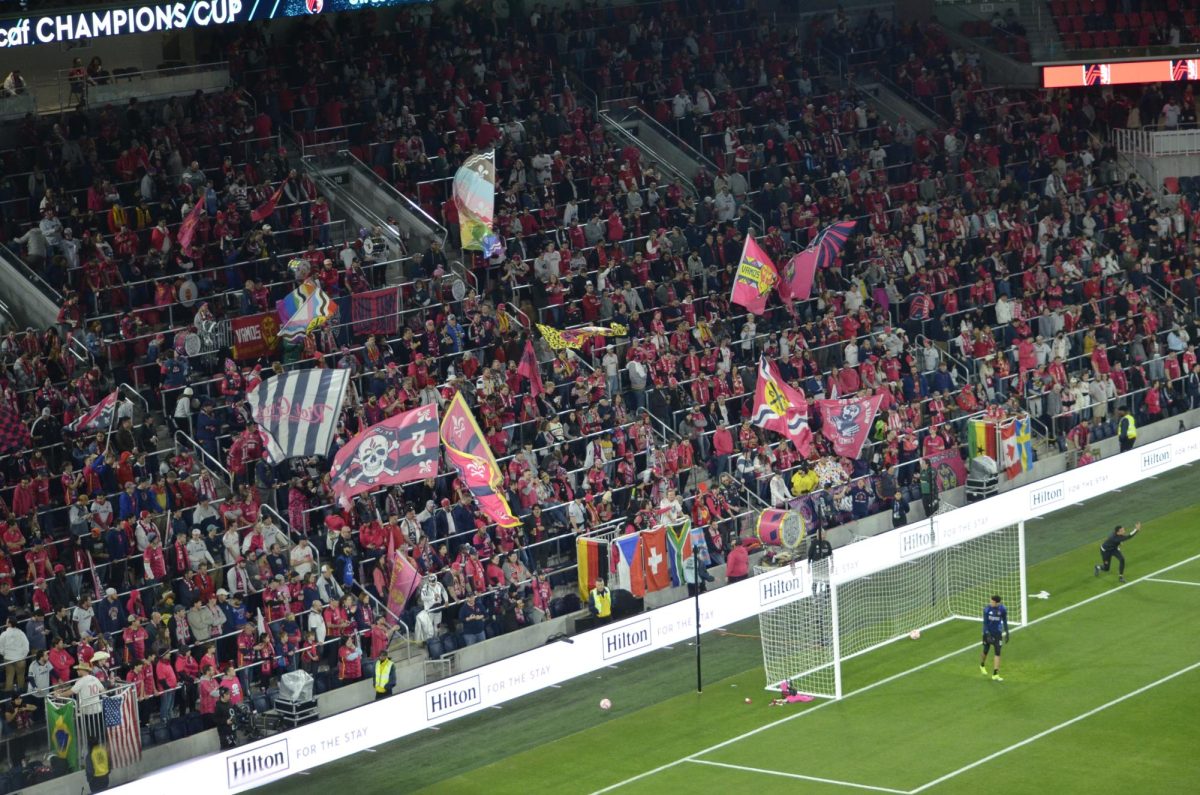



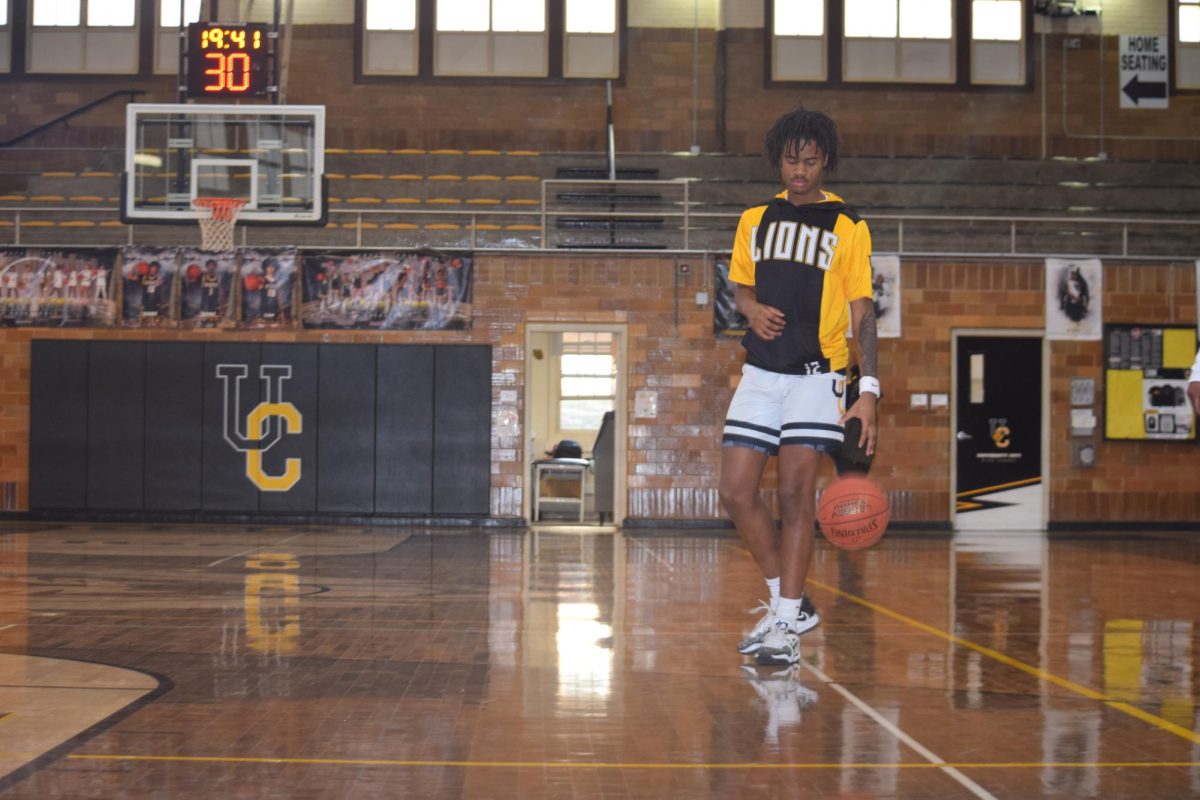


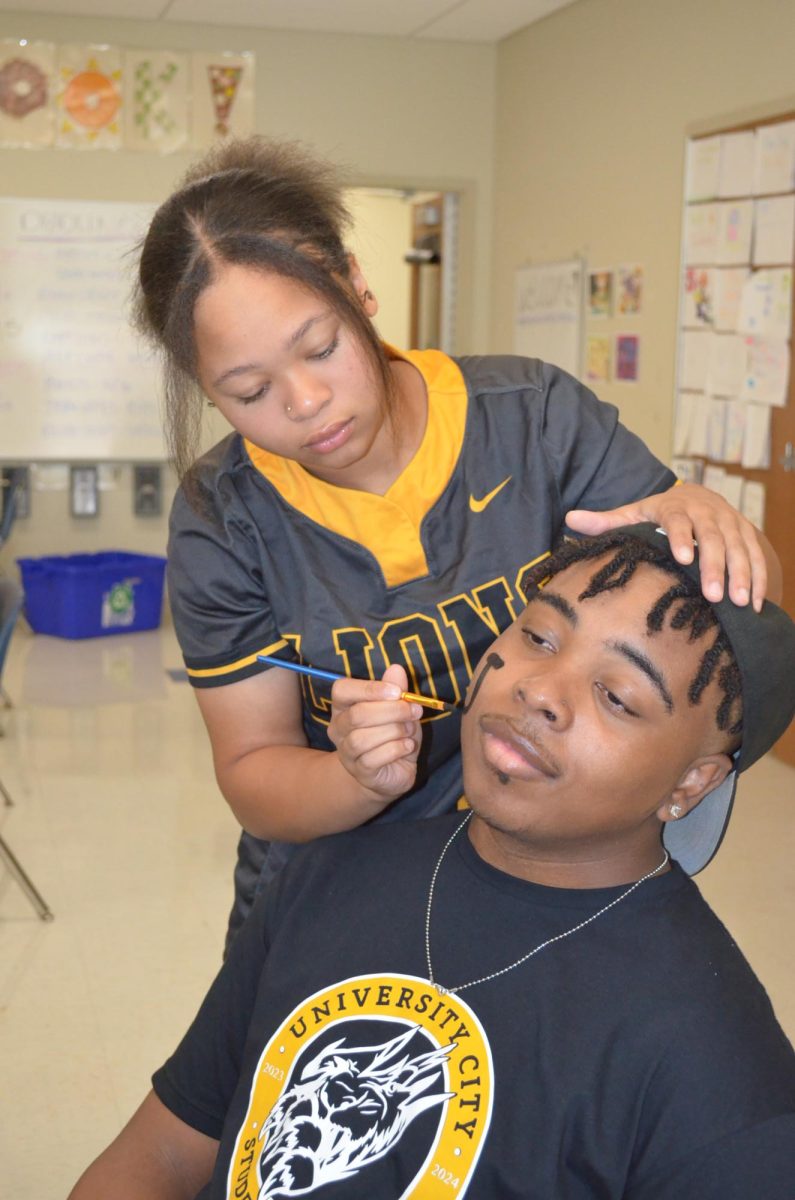
![Benjamin Williams and Reese Sherman, social studies teachers, explain department information a guest. This [open house] was, for me, a great opportunity to meet family in the district that will soon be attending the high school, Williams said.](https://www.utimesonline.com/wp-content/uploads/2024/02/DSC_9117-1200x800.jpg)
